Alto Salento in October: Campomarino di Maruggio, Chiesa Rupestre San Biagio
For our last morning by the sea we drive to Campomarino. It's early on a Saturday morning in October, easy to park, warm, no-one around. The sea is spectacular, warm, transparent, a sandy bottom, at least for the first few hundred metres going south, after there are some rocks.
I swim as long as I want and then we go to Maruggio for some last shopping and polpette from 'Piovono Polpette' as well as a portion of melanzane alla parmigiana. The last afternoon is spent on 'our' beach with yet another spectacular sunset.On Sunday, after a spectacular sunrise
we load the car and set off through the countryside
in the direction of Trani, but we have a couple of stops to make on the way. The first is to buy wine at the Cantolio Cantina. This is the area of Primitivo di Manduria in particular. Our second stop is the San Biagio Crypt which is under the jurisdiction of the municipality of San Vito dei Normanni. I telephoned to book a free guided visit while we were in Ceglie.Google maps veers on the unreliable in this area, imagining roads which don’t exist and unaware of roundabouts which do, or sending us on a lengthy diversion on narrow country roads to avoid the centre of a small town which may be busy on a Saturday in August but is totally empty on an October Sunday morning. Its estimation of 90km per hour speed along a bumpy road between olive groves and a level crossing which no longer exists means we almost arrive late. There was no need to worry, there’s no one there.
Several telephone calls ensue. The visits have been cancelled and participants were notified by email. Except I wasn’t, probably because the person who originally answered the phone didn’t ask me for my email. A tussle ensues, during which I manage to convince the pleasant voice on the telephone that I had booked and was now waiting hopefully. We are lucky that the voice at the end of the phone belongs to Cosimo Galasso who kindly stops doing whatever he was doing to come and show us the crypt.
The crypt is small but spectacular, and spectacular is the running commentary description of Sig. Galasso, so full of explanations and details that the frescoes are brought to life and stay engrained in our memories. His descriptions are enthralling and his wealth and depth of knowledge are impressive. My only regret as we leave is that I should have thought of recording it all.
The Crypt of San Biagio is located in the center of a rock settlement dating back to the 4th century AD, built along the rocky walls of a river valley. A community of Italo-Byzantine monks lived and performed religious functions here. On the sides of the crypt there are also two caves: the largest, semicircular in shape, was probably used as a refectory, dormitory and meeting place and the other smaller one was the home of a hermit or a caretaker.
The church is dedicated to San Biagio, a saint revered and loved by the rural population, as can be deduced from the type of miracles for which he is known: diseases related to the throat, remedies against parasites in the fields and in general against all ills.
This is one of the few examples of a rock church decorated with Christological scenes: the cycle of Byzantine-style frescoes, dated 8 October 1196, was painted by “Daniele” and is special for the beauty and state of conservation of the images.
On the completely frescoed ceiling there is God the Father in the center, enclosed in a purple circle with stars representing the commandments. On the sides are the four symbols of the evangelists, flanked by two cherubs and the prophets Ezekiel and Daniel. In the four panels, according to the New Testament: the Annunciation, the Flight into Egypt, the Presentation in the Temple and the Entry into Jerusalem. On the south wall, Saints Stephen and Sylvester, with the Nativity. On the one to the west, Saints George, Demetrius and Nicholas; and, images of the life of San Biagio. To the north, Saints John and Andrew.
There are some excellent photos of the frescoes here:
http://www.brundarte.it/2022/05/28/cripta-san-biagio-restauri-2022/
It’s a fascinating visit and we are grateful to Cosimo Galasso. We drive to San Vito, the hamlet part of Polignano where there is the abbey by the sea but the restaurants are overflowing , just too many people around and impossible to park on this warm sunny October Sunday so we park in the shade to picnic and then drive on to Trani. One of my favourite places….


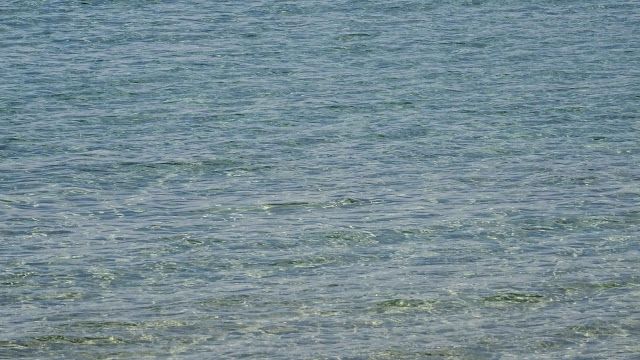
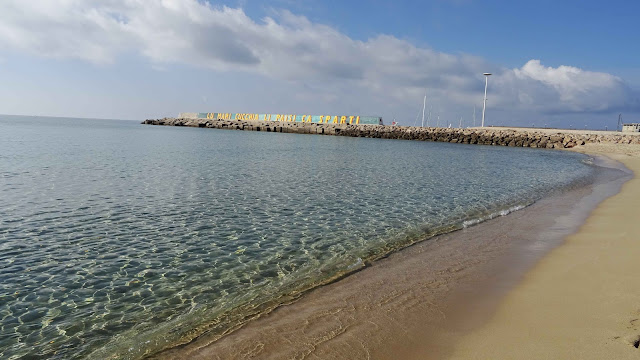
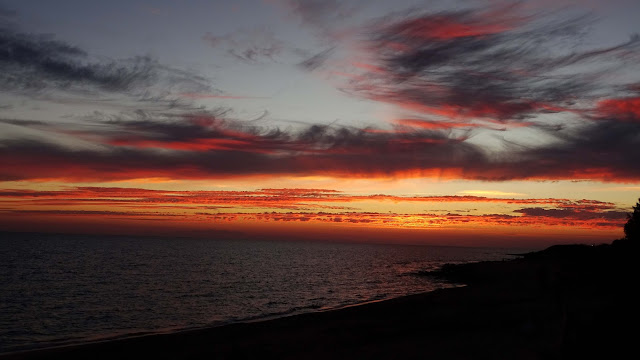


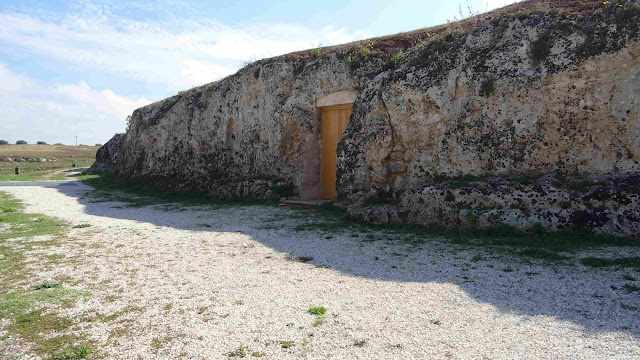
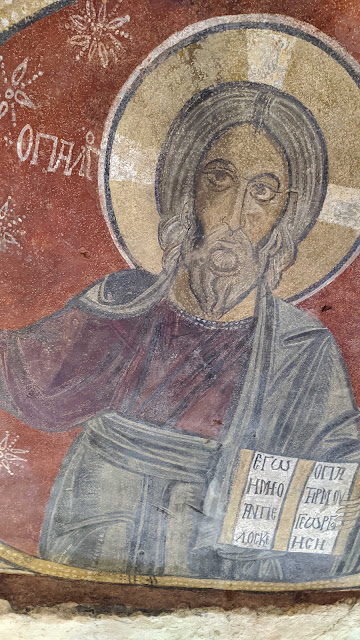

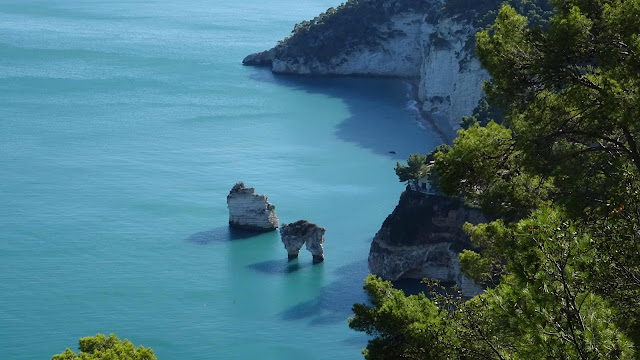
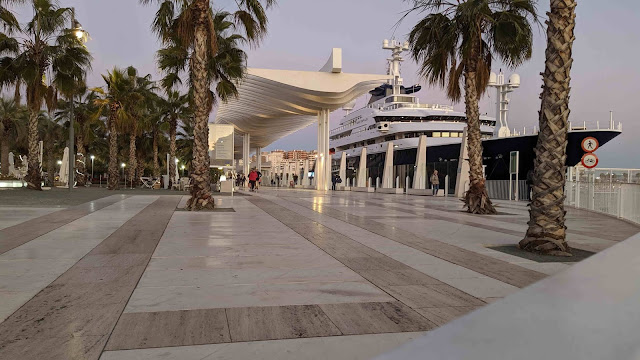



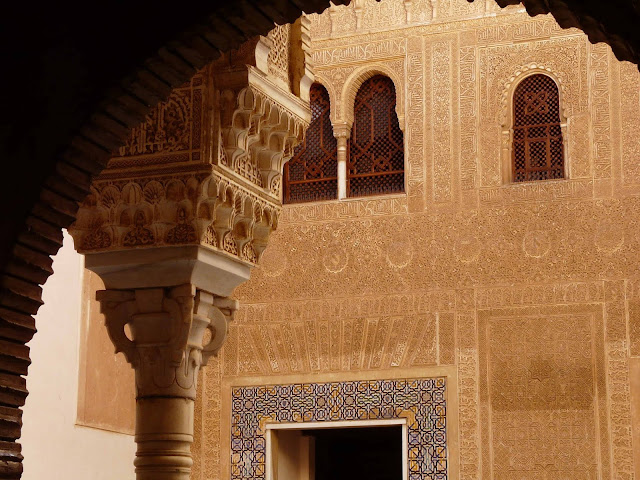
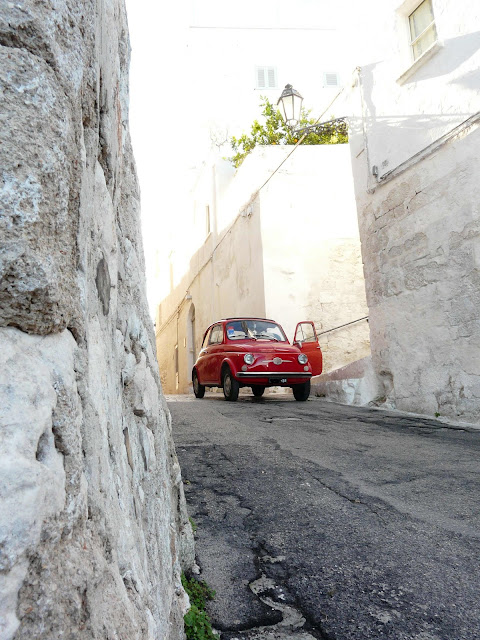
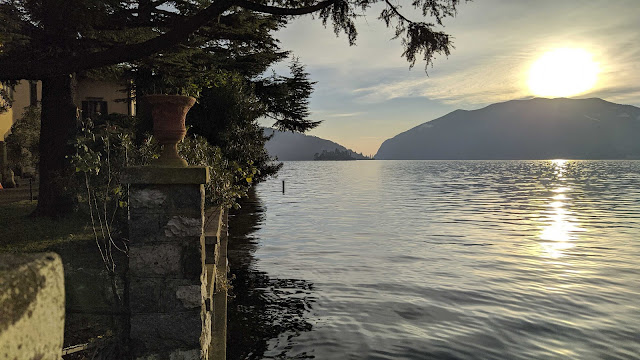

Comments
Post a Comment